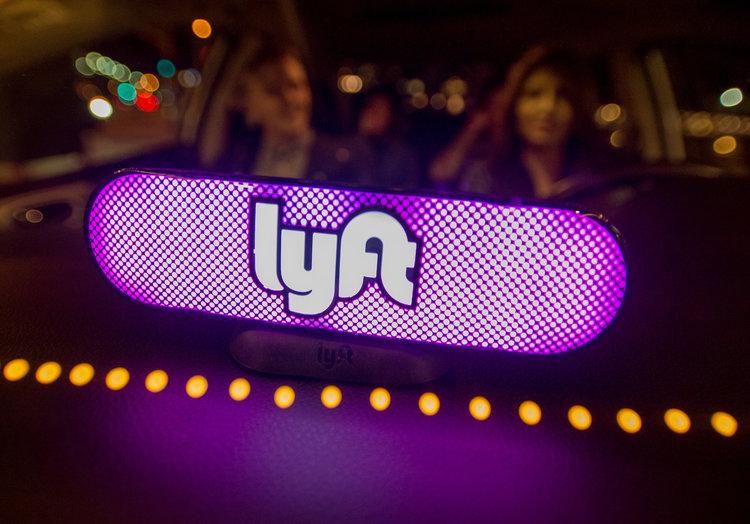The desperate parking situation on campus and cheapness of Lyft rides prompt us, students, staff, and faculty of UC San Diego, to use Lyft rather often. After each ride we are offered to rate our trip. However, not many of us actually know what our rating means for our drivers. Since driver’s accounts can be deactivated based on their rating, a driver’s employment is directly dependent on how many stars we give them after the ride. Loose and unfair, this system accounts for a high level of job insecurity among Lyft drivers.
According to Lyft’s official explanation, “Anything more than 4.8 is awesome. If your rating drops below 4.8, you may want to consider ways to improve it. Consistently low ratings can put you at risk of deactivation.” In practice, this means that if a driver with a rating below 4.7 is at a high risk of deactivation and will receive a warning email. From a company’s viewpoint, such policies provide the necessary incentives: drivers have a consistent pressure to improve performance, be nice to customers, and abide by the rules so that they receive a high rating. The resulting pleasant experience for most customers allows the company to take over a larger share of the market and, thus, increase their revenue. However, the side effect of such system is high job insecurity and a lack of fairness.
Indeed, many drivers are complaining about constant concerns that the rating system is random. First, they complain that with 4.6 being a poor rating, a four-star rating in Lyft’s paradigm is “bad”, while in the majority of other services, it is consider “good”. This confuses the customers who believe that they are giving their good but not exceptional driver a fair rating when in fact, they might strip him or her of a job. This could be fixed by either switching to dual thumbs-up-thumbs-down system or by laxening the standard, bringing it to Uber’s low four-stars level. Furthermore, since a Lyft rider is offered to rate a “trip” not a “driver”, the rider might rate the whole experience including faults of the app rather than rating just the driver himself. The simple explicit disclaimer that this is the driver’s rating or an addition of a separate overall experience rating would solve the problem. Finally, many riders give unfair ratings, and now there is no way for a driver to waive such rating. Considering that ratings determine the employment of a driver, driver should be able to waive an unfair rating by submitting it to the internal review.
Apart from improving fairness, Lyft should also address the larger issue of job insecurity. Waking up one day and discovering that you no longer have an income is dreadful, and in other industries, labor movements pushed a number of laws and acts to protect workers by securing their jobs. In the United States, a corps of labor laws exist that regulate most companies’ activities. Lyft is, however, exempt from those laws, since legally, Lyft is a platform, and both drivers and riders are users of a platform rather than employees and clients. Labor movements in the U.K, has already raised the concerns about how similarly structured Uber treats drivers unfairly by denying them basic workers’ rights and banned the company from London. While it might not be advisable to subject Lyft to the fullest extent of labor laws, it is clear that drivers working for Lyft should have additional protections such as, most prominently, a grace period, which would allow them to find a new job while still retaining their income.
All in all, Lyft’s rating system, while achieving company’s goal, does not treat fairly the drivers. Therefore, since Lyft is making profit off their drivers’ work, it should now take steps necessary to ensure those driver’s fair treatment and to secure their basic rights.








